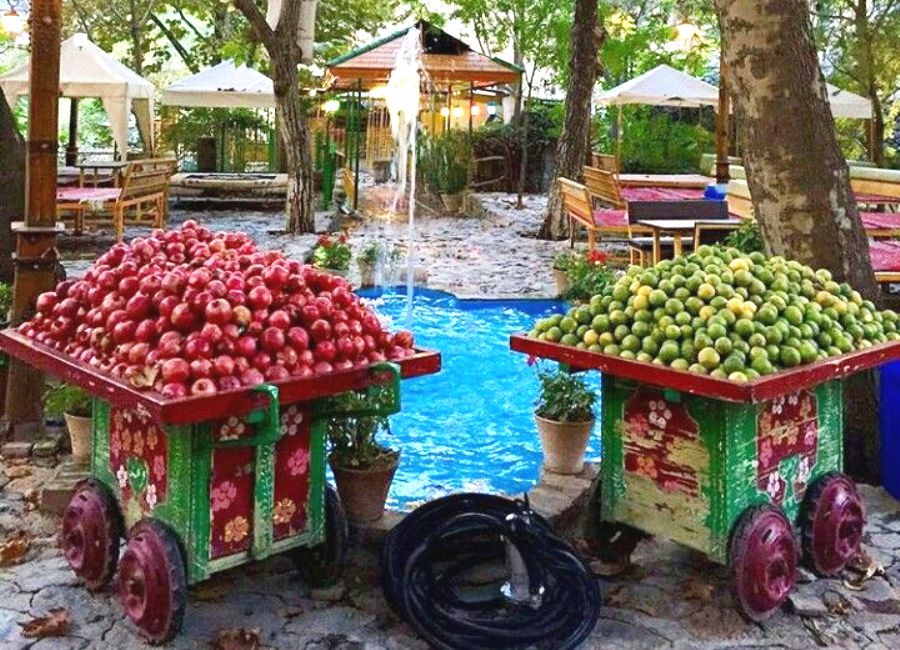Overview
A spectacle in its own right. Naqsh-e Jahan (Imam) Square is one of the largest public plazas in the world, earning a listing as a Unesco World Heritage Site. The 512m-long and 163m-wide square was laid out in 1602 under the reign of the Safavid ruler, Shah Abbas the Great, to signal the importance of Esfahan as a capital of a powerful empire.
The name means ‘pattern of the world’ and it was designed to showcase the finest jewels of the Safavid empire – the incomparable Masjed-e Shah, the elegant Masjed-e Sheikh Lotfollah and the lavishly decorated Kakh-e Ali Qapu and Qeysarieh Portal. It is has changed little since it was built, and at each end the goal posts used in regular polo games 400 years ago are still in place (these polo matches are depicted on miniatures for sale around the square). The only modern additions are the fountains, which were added by the Pahlavis, and the souvenir and craft shops, which occupy the spaces on either side of the arched arcades.
Recent civic administrations have restored the square to its full glory by making the en-tire space a pedestrian zone. Horse-drawn carriages, a few electric carts and Shank’s pony are now the only transport in the square, allowing visitors to enjoy the majesty of the view untroubled by traffic.
The square is at its best in late afternoon when the blue-tiled minarets and domes are lit up by the last rays of the sun and the mountains beyond turn red. This is the time when local families congregate for a promenade around the perimeter, the fountains are turned on and the light softens, illuminating the truly splendid architecture.
Other points of Interest
- Masjed-e Shah
- Bazar-e Bozorg
- Masjed-e Sheikh Lotfollah
- Kakh-e Ali Qapu
Points Of Interest
This village, at 1700m elevation and just north of the no-torious Evin Prison, is one of Tehran’s most pleasant urban escapes
At 370,000 sq km the Caspian (Darya-ye Khazar) is five times the size of Lake Superior.That makes it by far the world’s largest lake.
This popular in town escape stretches ever more steeply up the mountainside at Tehran’s northern edge





https://drugsoverthecounter.com/# uti over the counter medication
senior dating: online dating free – meetme dating site
where to buy prednisone without prescription: http://prednisone1st.store/# prednisone brand name
http://withoutprescription.guru/# viagra without a doctor prescription
Pharmacie en ligne livraison Europe: kamagra pas cher – pharmacie en ligne
trouver un mГ©dicament en pharmacie https://kamagraenligne.com/# pharmacies en ligne certifiГ©es
pharmacie en ligne france livraison belgique: Medicaments en ligne livres en 24h – pharmacie en ligne avec ordonnance
amoxicillin without rx: amoxil online – generic for amoxicillin
buy amoxicillin online without prescription
https://azithromycinca.com/# buy doxycycline australia
doxycycline 200 mg
mexico pharmacies prescription drugs
https://cmqpharma.com/# buying prescription drugs in mexico online
medication from mexico pharmacy
п»їbest mexican online pharmacies: cmq pharma mexican pharmacy – reputable mexican pharmacies online
buying prescription drugs in mexico
https://cmqpharma.online/# buying prescription drugs in mexico online
buying prescription drugs in mexico
mexico drug stores pharmacies: mexican online pharmacy – mexico pharmacies prescription drugs
When someone writes an post he/she keeps the plan of a user in his/her brain that how a user
can understand it. Thus that’s why this paragraph is amazing.
Thanks!
Thank you for your interest.emedicalsci
Ищите в гугле